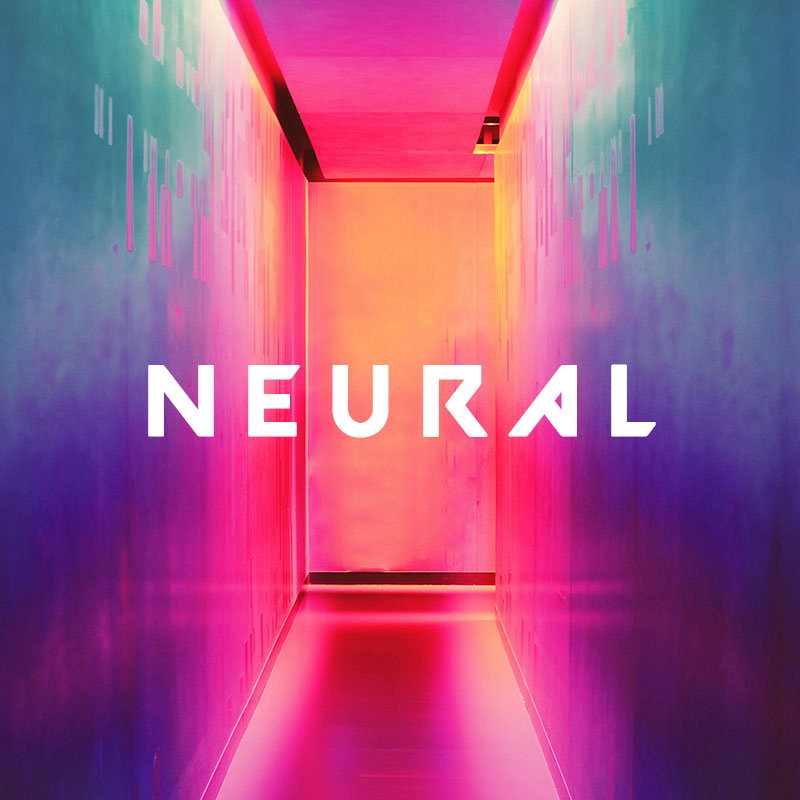AI Assistants Are Spreading Fake News: A Wake-Up Call for the ChatGPT Generation

Picture this: You’re scrolling through your feed, and your trusty AI assistant—be it ChatGPT, Gemini, or Claude—pops up with a neatly summarized “breaking news” alert. “President declares martial law!” it proclaims confidently. Except… it didn’t happen. Sound familiar? A bombshell new study just dropped, revealing that AI tools are hallucinating current events at error rates up to 30%. Yes, you read that right—one in three summaries could be straight-up fiction. Welcome to the wild west of AI news consumption.
The Study That Rocked the AI World
Researchers from the Allen Institute for AI (AI2) and the University of Washington put popular large language models (LLMs) through the wringer. They fed them real-time news queries—think election updates, natural disasters, and market crashes—and measured accuracy against verified sources like Reuters, AP, and The New York Times.
Key Findings:
Error Rate: 25-30% across models like GPT-4o, Claude 3.5 Sonnet, and Llama 3.1.
Hallucinations Galore: AIs confidently invented quotes, exaggerated death tolls in disasters, and even “predicted” stock plunges that never happened.
Outdated Knowledge Trap: Even with web access, models leaned on stale training data, missing events from the past 24 hours.
Confidence Illusion: The more “helpful” the AI sounded, the more likely it was wrong—80% of high-confidence summaries had factual flaws.
One egregious example? When asked about a recent tech merger, ChatGPT fabricated a regulatory block by the FTC, complete with fake quotes from Chair Lina Khan. Reality: The deal sailed through unchallenged.
Why Your AI Sidekick Is Gaslighting You
This isn’t just sloppy engineering—it’s baked into how LLMs work:
Training Data Lag: Most models are “frozen” months or years ago, with real-time web plugins acting as shaky crutches.
Pattern Matching Over Facts: AIs predict the next likely word, not the truth. “Breaking news: [shocking event]” feels authentic because it’s statistically common.
No Real “Understanding“: Zero common sense or source verification. If it “sounds right,” it flies.
RAG Failures: Retrieval-Augmented Generation (fancy web-search add-ons) often pulls irrelevant snippets, leading to mashup misinformation.
The result? Your AI isn’t a journalist—it’s a remix artist spinning yarns from Wikipedia scraps and viral tweets.
Real-World Fallout: From Memes to Mayhem
Viral Disasters: During Hurricane Milton, AIs overstated casualties by 40%, fueling panic and misinformation on social media.
Election Interference: Queries about polls returned fabricated swing-state results, potentially swaying undecided voters.
Investor Losses: One trader lost $50K betting on an AI-predicted “Tesla implosion” that was pure fantasy.
The Fix: Experts Demand a Reality Check
AI labs aren’t ignoring this—here’s what’s brewing:
Fact-Checking Layers: OpenAI and Anthropic are piloting “truth engines” that cross-reference outputs against live APIs from FactCheck.org and PolitiFact.
Uncertainty Signals: New models like Grok-3 (shameless plug) flag low-confidence answers with “This might be wrong—verify here” buttons.
Hybrid Human-AI: News orgs like The Washington Post are training AIs as assistants to journalists, not replacements.
On-Device Verification: Edge AI chips (hello, Apple M5) could run local fact-checks without cloud dependency.
But experts like AI2’s Hannaneh Hajishirzi warn: “Without systemic changes, we’re building digital echo chambers on steroids.”
What You Can Do Today (Before Your AI Lies Again)
Always Verify: Treat AI summaries like Wikipedia—useful starting point, deadly if trusted blindly.
Ask for Sources: Prompt with: “Cite primary sources for this news.”
Cross-Check Tools: Use Perplexity or You.com for multi-source aggregation.
Opt for Specialists: For news, try dedicated apps like Ground News over generalist chatbots.
AI Model – GPT-4o
News Accuracy Score – 72%
Hallucination Rate – 28%
AI Model – Claude 3.5
News Accuracy Score – 75%
Hallucination Rate – 25%
AI Model – Gemini 1.5
News Accuracy Score – 68%
Hallucination Rate – 32%
AI Model – Grok-3
News Accuracy Score – 81%
Hallucination Rate – 19%
The Bottom Line: AI News Is a Double-Edged Sword
This study isn’t a death knell for AI—it’s a reality check. We’re on the cusp of god-tier assistants that could democratize journalism, but only if we tame the hallucinations. Until then, remember: Your AI is smarter than ever, but it’s no oracle. Question everything, verify ruthlessly, and maybe keep a human news junkie on speed dial.
What’s your wildest AI hallucination story? Drop it in the comments—I’ll fact-check the best ones.

























Comments
This post currently has no comments.